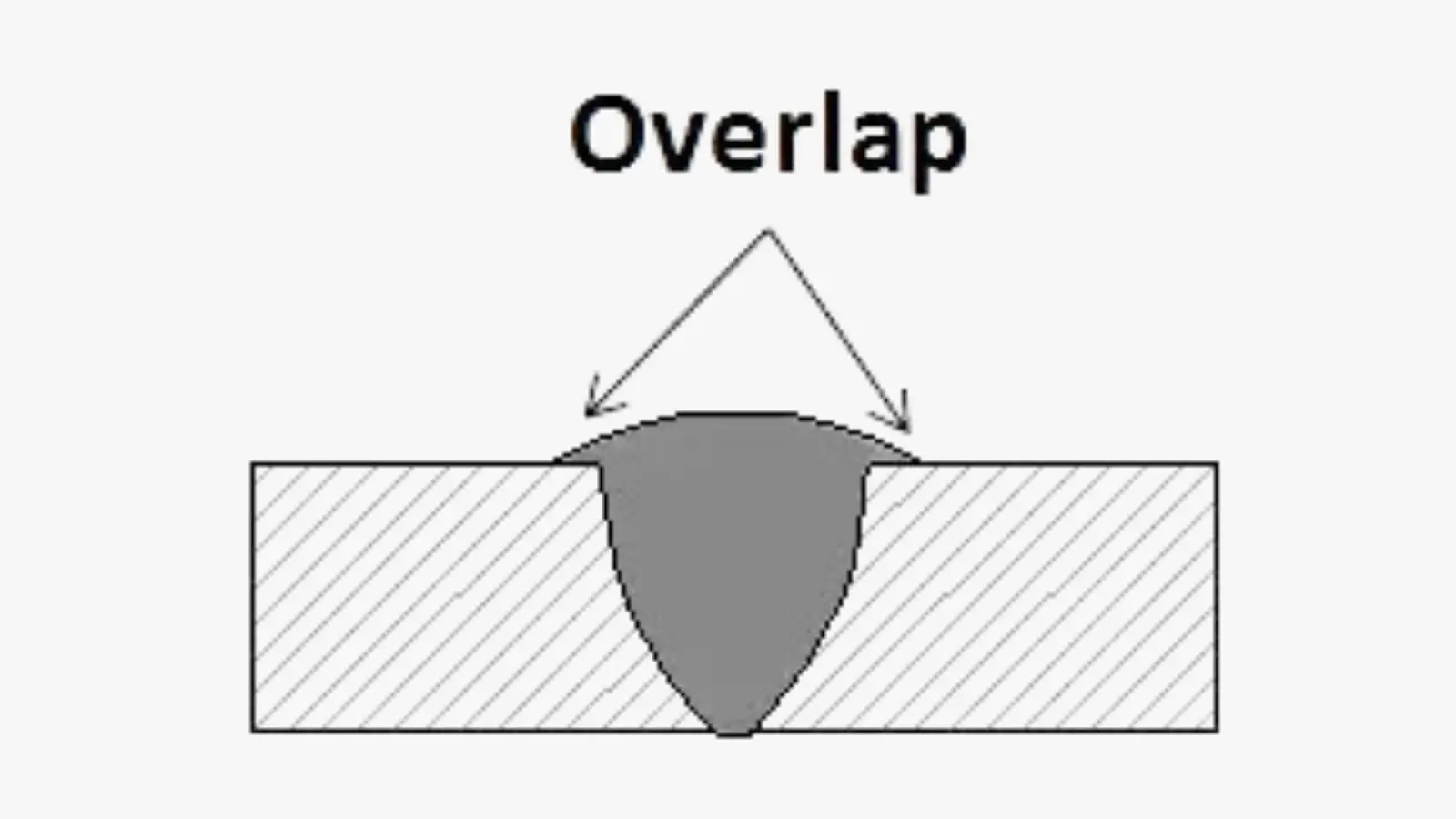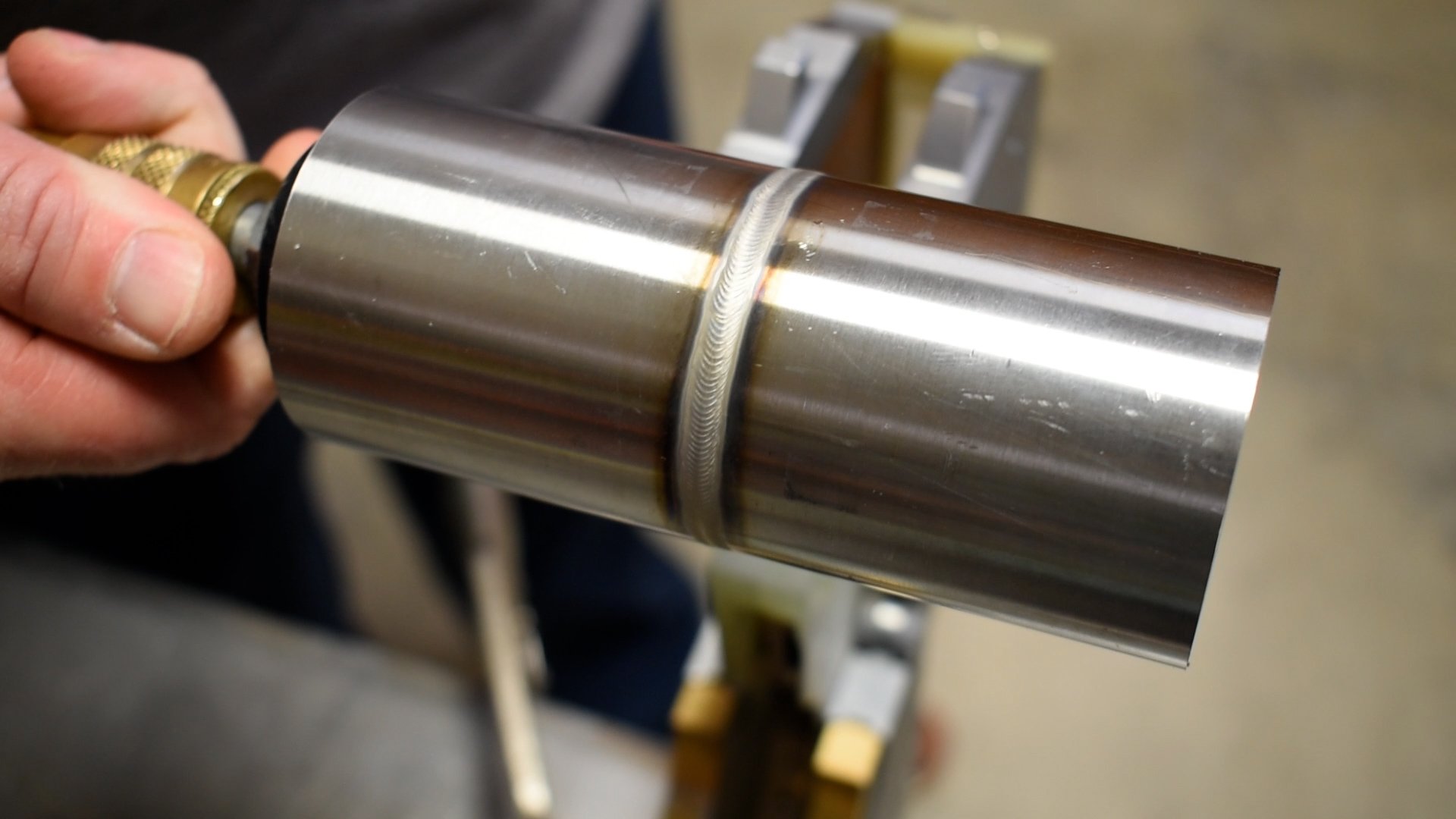Efficient Ways to Prevent Weld Undercut in Your Welding Jobs
Efficient Ways to Prevent Weld Undercut in Your Welding Jobs
Blog Article
Comprehending the Causes and Solutions for Undercut Welding in Steel Construction Procedures
In the world of steel construction procedures, the occurrence of undercut welding poses a significant challenge that requires an extensive understanding of its causes and practical services. The complex interaction of various factors during welding procedures can bring about this unwanted sensation, influencing the architectural stability and general top quality of the bonded joints - Preventing weld undercut. By studying the origin of undercut welding and checking out effective remedial measures, makers can raise the requirement of their handiwork and make certain the manufacturing of flawless steel parts
Typical Sources Of Undercut Welding
Frequently forgotten in steel fabrication, undercut welding happens due to numerous aspects that demand meticulous focus and expertise to be properly alleviated. One common root cause of undercut welding is too much warm input. When the heat input is expensive, it can result in the melting and succeeding erosion of the base material along the edges of the weld joint, creating a groove or undercut. In addition, improper welding techniques, such as making use of the wrong welding angle or take a trip speed, can additionally add to damage formation. Poor protecting gas insurance coverage is another crucial factor that can cause undercutting. Inadequate gas coverage stops working to protect the weld pool adequately, causing oxidation and undercut defects. The selection of welding parameters, such as voltage, current, and cable feed speed, plays a considerable function in the event of undercut welding. Understanding these typical reasons is crucial for carrying out safety nets and making certain premium welds in steel manufacture procedures.
Influence of Incorrect Welding Parameters
Imprecise welding criteria can dramatically endanger the honesty and top quality of bonded joints in metal construction processes. The impact of wrong welding criteria shows up in different methods, resulting in structural weaknesses and issues in the bonded elements. One essential facet impacted by incorrect welding specifications is the penetration depth of the weld. Inadequate heat input due to reduced welding currents or exceedingly high travel rates can cause insufficient fusion in between the base steels, resulting in incomplete joint infiltration and deteriorated bonds. Conversely, excessive warmth input triggered by high welding currents or slow traveling speeds can lead to burn-through and too much reinforcement, developing a fragile and unstable weld framework. Additionally, wrong specifications such as improper voltage settings or wrong electrode angles can add to erratic weld grain profiles, lack of combination, and boosted chances of issues like undercutting. Meticulous interest to welding criteria is critical to make certain the production of premium welds with the desired mechanical residential properties and structural stability.
Impact of Improper Lantern Angle
Improper torch angle in welding procedures can dramatically affect the high quality and integrity of the last weld joints in steel manufacture processes. Undercutting is an usual welding issue where a groove develops along the weld toe, compromising the joint and compromising its architectural honesty.
A torch angle that is as well steep can lead to not enough infiltration, incomplete blend, and raised spatter. On the various other this content hand, a torch angle that is also superficial can lead to too much penetration, burn-through, and distortion of the base product. Preventing weld undercut. Proper lantern angle is important for making certain constant weld high quality, strength, and look
To stop damaging and various other problems brought on by improper lantern angles, welders should be trained to keep the appropriate lantern angle throughout the welding process. Normal tracking and adjustment of lantern angles during welding can assist achieve audio welds with minimal issues.
Function of Inadequate Welding Strategies

One more element of insufficient welding methods is incorrect weld prep work. Insufficient cleaning of the base metals, incorrect joint design, or insufficient side prep work can all add to undercut welding. Furthermore, inadequate shielding gas coverage or making use of the incorrect kind of gas can lead to incomplete fusion and the development of undercut flaws.
To resolve the duty of insufficient welding techniques in steel fabrication procedures, it is crucial to give detailed training for welders. Proper education and learning on welding specifications, joint preparation, and shielding gas selection can help protect against undercut welding and make sure top notch welds in steel fabrication tasks.
Efficient Solutions for Undercut Welding
Addressing undercut welding in steel fabrication needs executing reliable services to boost weld high quality and architectural stability. Among the main solutions to deal with undercut is to adjust welding specifications such as voltage, current, and travel rate to make sure proper warm input and blend. By fine-tuning these settings, welders can protect against excessive melting of the base steel and filler product, minimizing the likelihood of undercut formation.
In addition, proper joint preparation is crucial in stopping undercut. Ensuring clean base steel surface areas devoid of impurities and using the suitable bevel angle can aid advertise better weld penetration and lower the risk of undercut - Preventing weld undercut. Utilizing ideal welding techniques, such as weaving or oscillating the torch, can additionally aid in distributing warm uniformly and loading the weld joint properly, lessening the opportunity of undercut issues
Furthermore, choosing the right welding consumables, consisting of electrodes and filler steels, is crucial in mitigating undercut. Using materials with suitable chemical structures and mechanical properties can contribute to achieving sound welds with minimal undercut. Regular evaluation and high quality control procedures must likewise be carried out to find and resolve undercut concerns without delay, making certain the total stability of produced steel parts.

Conclusion
Finally, understanding the reasons and remedies for undercut welding in steel construction processes is essential for achieving top quality welds. By addressing usual causes such as incorrect welding criteria, incorrect torch angle, and inadequate welding strategies, welders can stop undercutting and guarantee strong, durable welds. It is vital to pay focus to these aspects and implement reliable options to improve the total welding process and final product high quality.

Report this page